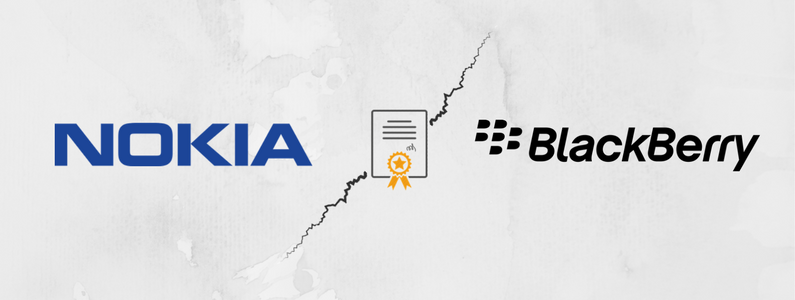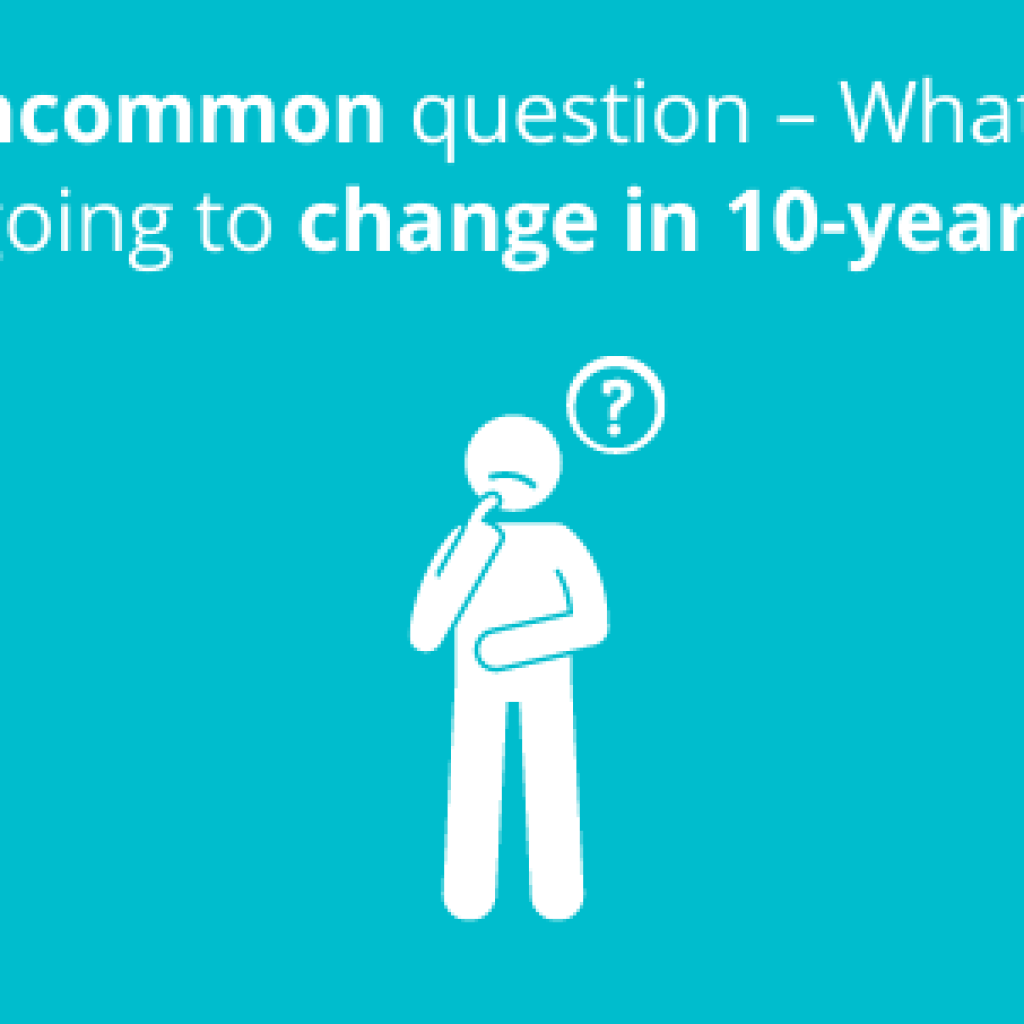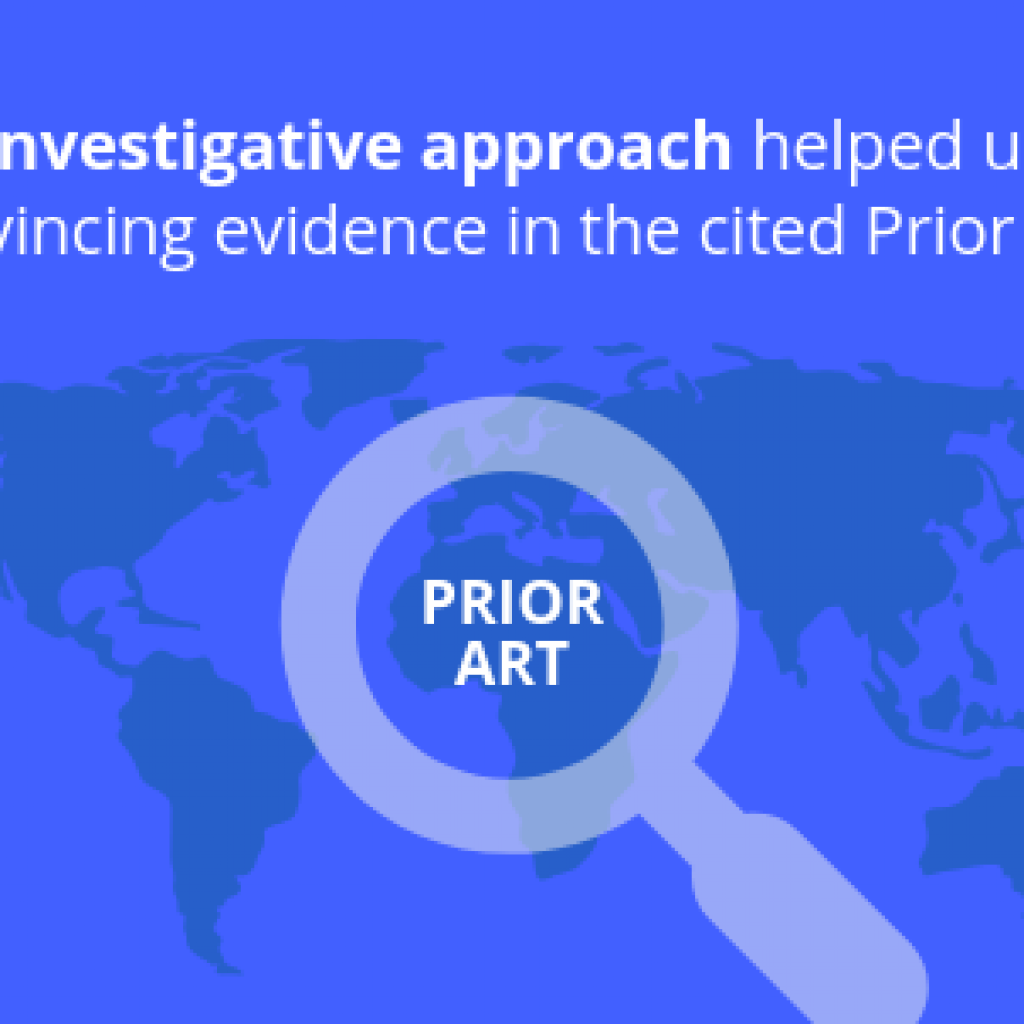I am very fond of Nokia and its products. Mostly because I feel they have greatly contributed to developing various 3GPP standards. So when I found out that Blackberry was suing Nokia (Source) and that too for a 3GPP related invention, I was intrigued.
To quench my curiosity, I took a deep dive into the case. Though there are 10 patents involved, I specifically checked one – US8861433, which, in my opinion, has prior-art issues.
I think the patent can be invalidated. How?
Let me explain.
Patent ‘433 relates to getting a service from a second network by mobile terminal when the current network is unable to provide that particular service.
For example, A Mobile phone is currently linked to a packet-switched (PS) network and wants to initiate a voice call. Since PS doesn’t support voice calling, the mobile can connect to a circuit-switched (CS) network.
The method followed by mobile is –
- Sending request to avail the service (example – voice call)
- Getting in reply to a list of network cells that can provide the service, along with their system information
A good prior art should help to disclose the above-mentioned two points, more particularly – the underlined ones.
Where to look for Prior Art?
The problem addressed in this patent was quite prevalent before 2009 (priority date of ’433). I searched for this problem and found that the majority of the patents were filed between the years 2006 and 2009, as indicated in the following graph. So, it strengthened my thought that there is a good chance of prior art existing during this period, as many researchers were trying to solve the same problem.
 In my opinion, searching using target patent classes can be a good start. For example – Classes H04W36/0061 (transmitting neighbor cell information during handover) could be related to the ‘system information’ mentioned above and H04W36/0022 (session transfer) can give details on migrating from one network to another).
In my opinion, searching using target patent classes can be a good start. For example – Classes H04W36/0061 (transmitting neighbor cell information during handover) could be related to the ‘system information’ mentioned above and H04W36/0022 (session transfer) can give details on migrating from one network to another).
On similar grounds, when I searched, I found an interesting publication – WO1996038014A1, which shares a few similarities with the ’433 patent.
Let me explain how it is related to the required concept –
WO’014 discloses that BSC determines that a handover should be initiated based on the signal strength of a list of neighbor cells determined by the mobile and the base station identity code (which seems similar to system information).
Check the following excerpts –
During operation, the mobile station 50 receives a list of broadcast control channel frequencies for neighboring cells. Each transceiver unit in a cell periodically broadcasts a base station identification code (BSIC) on the broadcast control channel. The mobile station 50 periodically measures the signal strength of signals broadcast from the neighboring cells as well as the signal strength of signals broadcast from the base station currently serving the mobile station. When the mobile station can decode the base station identity code for one of the neighboring cells, the mobile station reports the decoded BSIC and the signal strength measurements for the cell identified by the decoded BSIC as well as the signal strength measurements of the serving base station to the base station controller 48 on a slow associated control channel. The base station controller 48 then determines whether the mobile station should be handed off to another cell.
No doubt, there are few loose ends in this and neither do we expect to find killer prior art in a few minutes of search. However, the identification of such a reference strengthened our belief of finding a killer art through a dedicated search.
Likewise, there appeared to be good chances of finding prior art in non-patent literature as well, since, the patent is directly related to 3GPP standards (3GPP TS 23.221, 3GPP TS 24.301, 3GPP TS 25.331). And, in my experience in such cases, the email archive of 3GPP can prove to be a very good source of the prior art.
So, I navigated a bit further and explored some 3GPP emails, and this email particularly caught my attention. Here, the researchers from NTT, NEC discussed CS fallback, which is closely related to the concept of ‘433.
All this prior art turned up in just a few minutes of search and we bet there’s more prior art in existence, which if tracked in detail, could easily invalidate the ‘433 patent.
Authored by: Shelza Gupta, Team Lead, Concept Hacking Team.










